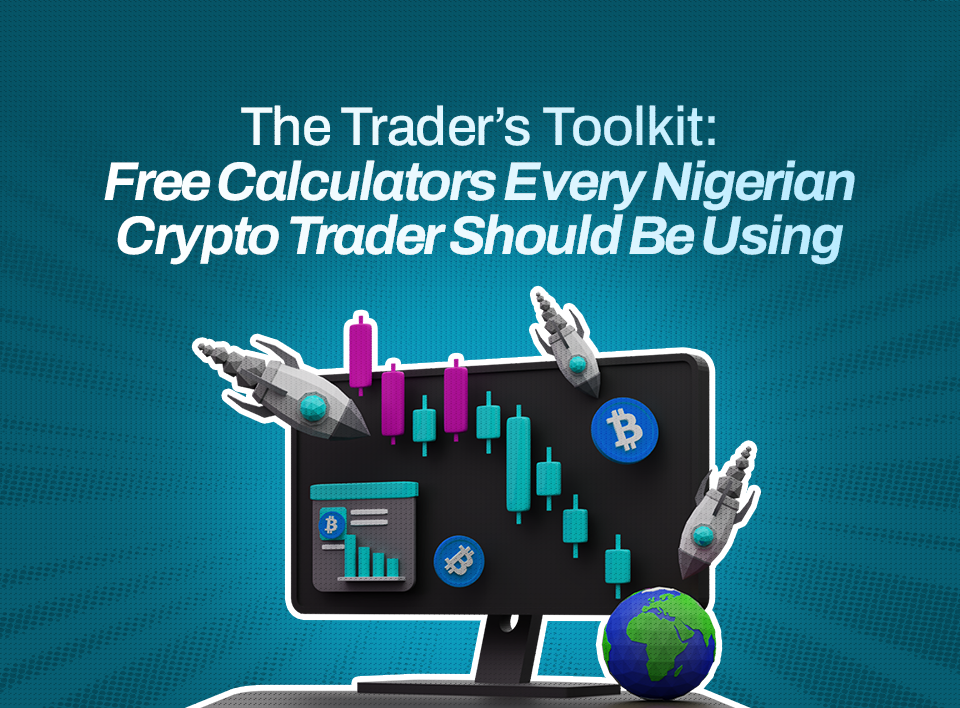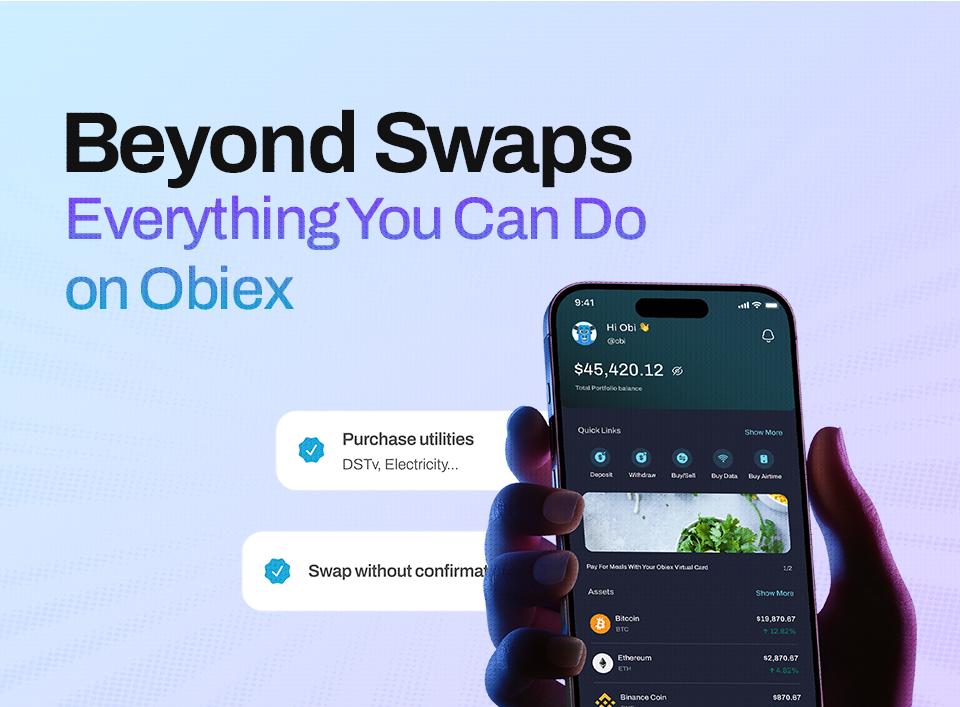What is Blockchain and How Does it Work?
Blockchain works by grouping transactions into blocks. Each block is linked to the previous one, forming a chain.
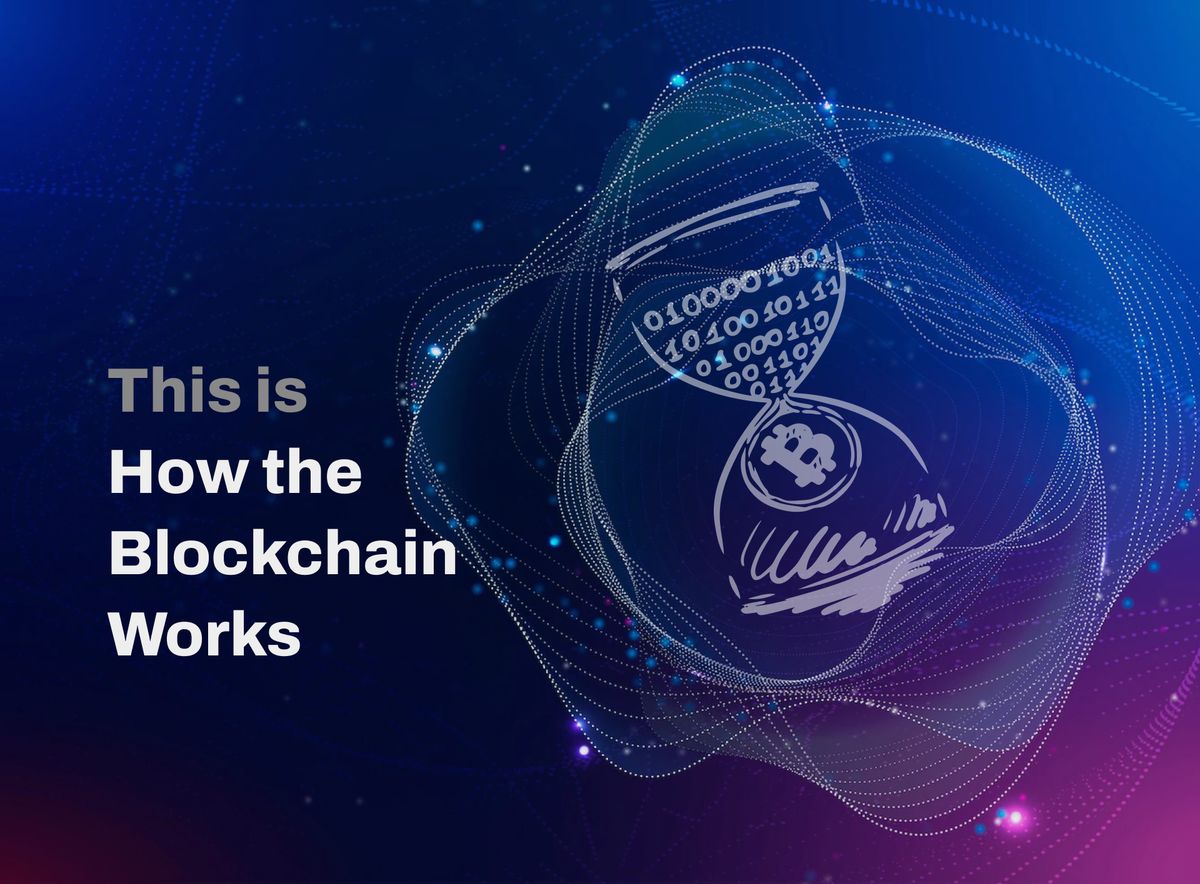
TABLE OF CONTENTS:
- What is a Blockchain?
- How Does the Blockchain Work?
- What is Blockchain Used For?
- How Obiex Uses Blockchain Technology to Save Time and Money for Their Users
- What is the Future of Blockchain Technology?
- Takeaway
- FAQs
What is a Blockchain?
A blockchain is a database or, as it’s uncommonly called, distributed ledger technology.
As a special kind of database, a blockchain has specific unique properties - there are rules about how users can add data, and it’s impossible to change the data after it has been added.
Data and information on the blockchain are stored in what is called a "block".
Each block is stacked on the last, linked by a strand of information called an "identifier".
If you look at the block on the top of the chain, you’d be able to see that it’s been created after the one under it. You'd see the same thing if you look at the one under it. And on and on, until you reach the first block, which is known as the "genesis block".
Think of it like this. Each block is a piece of information with a unique string "chaining" it to the one above it.
You can’t change the data in one block without changing the data above it. This makes it impossible to alter data in any block without notice because, if you do so, the whole chain of blocks changes.
Blockchains operate via the peer-to-peer network, a layer of users. There’s no topmost administrator when it comes to blockchains.
Every user is equal and stores all the information on the blockchain for themselves. Peer-to-peer networks also mean that users can communicate without the need for a middleman to interpret.
Because each user has access to and a copy of the blockchain, it doesn’t matter when one person leaves the blockchain; there’s still a copy of it with every user.
When a new block is added, the information is broadcast on the network so that each user will have an updated version.
Users interact with the blockchain through "nodes". Nodes are devices that connect to the network and store copies of the Blockchain.
How Does the Blockchain Work?
The fingerprint or unique string of a block is known as a "hash". When a block is created, its hash is also created and stored. If something changes in the block, its hash also changes.
If a block’s hash is changed, the block changes as well. The block’s fingerprint, or hash, is the final piece of a new block. Changing one block or altering the information causes a domino-like effect on the rest of the blocks.
Let's look at other aspects of how the blockchain works:
1. Making Transactions on the Blockchain:
Completing a transaction on the blockchain is similar to completing a transaction through the bank. The difference is there is no central authority.
For example, if B wants to send Bitcoin to Z, B would broadcast this decision to the network for other nodes to see. When this transaction is made, the nodes receive this information and update their copy of the blockchain ledger to reflect it. Because the transaction information has been broadcast to the network, B can’t send those exact coins to another user, say K.
On the other hand, to receive these coins/funds, Z needs to have a private key. A private key is a string of random numbers and letters unique to only Z. This private key allows Z to prove ownership of the funds in their account. In addition to the private key, Z also has a public key derived from the private key. This public key can be given to anyone, as getting the private key from the public key is impossible. Z can also generate a public address with the public key via hashing. This public address is given to other users who want to send funds to Z.
2. Creating New Blocks on the Blockchain:
The blockchain network is permissionless, that is, there’s no central authority that permits users to act on it. Because of this, block creation is accessible to everyone, and some services use an rpc server interface to interact with this open network."
Blockchain protocols, which are the set of rules that establish the structure of the blockchain, ensure this by making anyone who wants to create a new block put down money to enable them to create blocks. This is like the act of insuring against the possibility of cheating by making it expensive.
If someone tries to create a new block cheat, the rest of the network will be informed, and the money that acts as risk insurance will be lost.
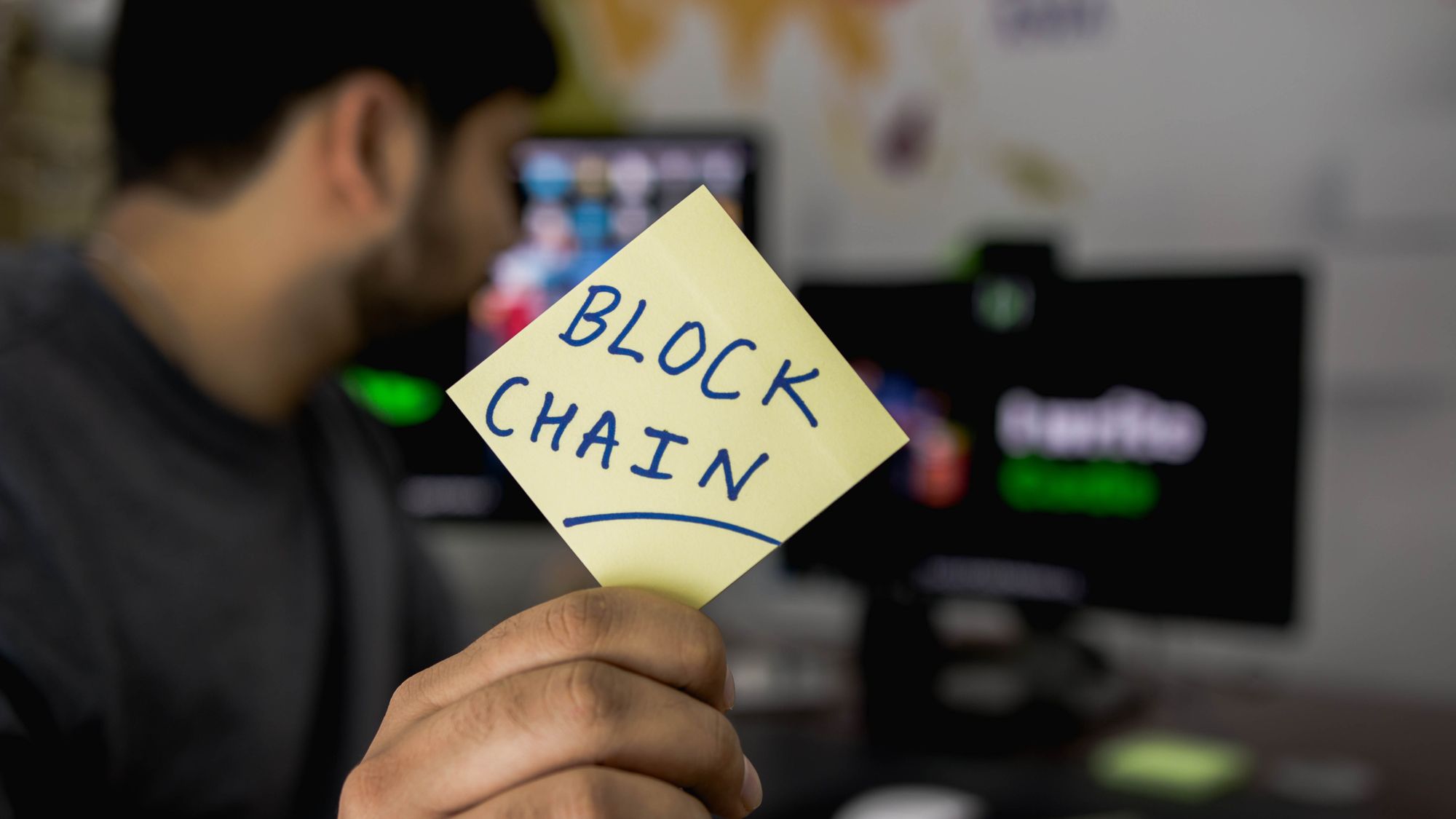
What is Blockchain Used For?
Blockchain and blockchain technology has a wide range of uses. In fact, we haven’t fully explored blockchain technology and its applications.
So, let's look at some of its uses:
1. Financial Transactions:
Possibly the most common application of blockchain technology, completing financial transactions on the Blockchain is easier, faster, and generally more stress-free than traditional financial transactions. Many companies now offer users the option of decentralised financial transactions, helping them have greater control and security over the transactions. Using Blockchain can also remove the hassle when it comes to international transfers. It also offers financial investors more autonomy over their assets.
2. Healthcare:
Storing medical records accurately is essential for any healthcare system. The security of the blockchain makes it ideal for storing medical information. Using the blockchain to store medical information allows patients to maintain their privacy and share their medical information with their medical institution.
3. Securing Identities:
Storing your identity on a public blockchain is safer than having it in the hands of a centralised authority where it can be hacked and accessed or monitored by machine learning algorithms without consent. Securing identity on the blockchain means that users would only reveal information to third parties when necessary. Securing your identity on the blockchain can also be a stepping stone to other things that identity unlocks, e.g. voting in elections - blockchain technology would ensure that only eligible people can vote, thereby cutting costs and reducing fraud.
4. Non-Fungible Tokens:
Non-fungible tokens, or NFTs, are a way for people to own the rights to digital art. The blockchain doesn’t allow the same data to be stored in two different places. Putting art on the blockchain ensures that only a copy of the file exists in the digital space. NFTs aren’t just limited to art; they can be used to confirm ownership of anything that data can represent.
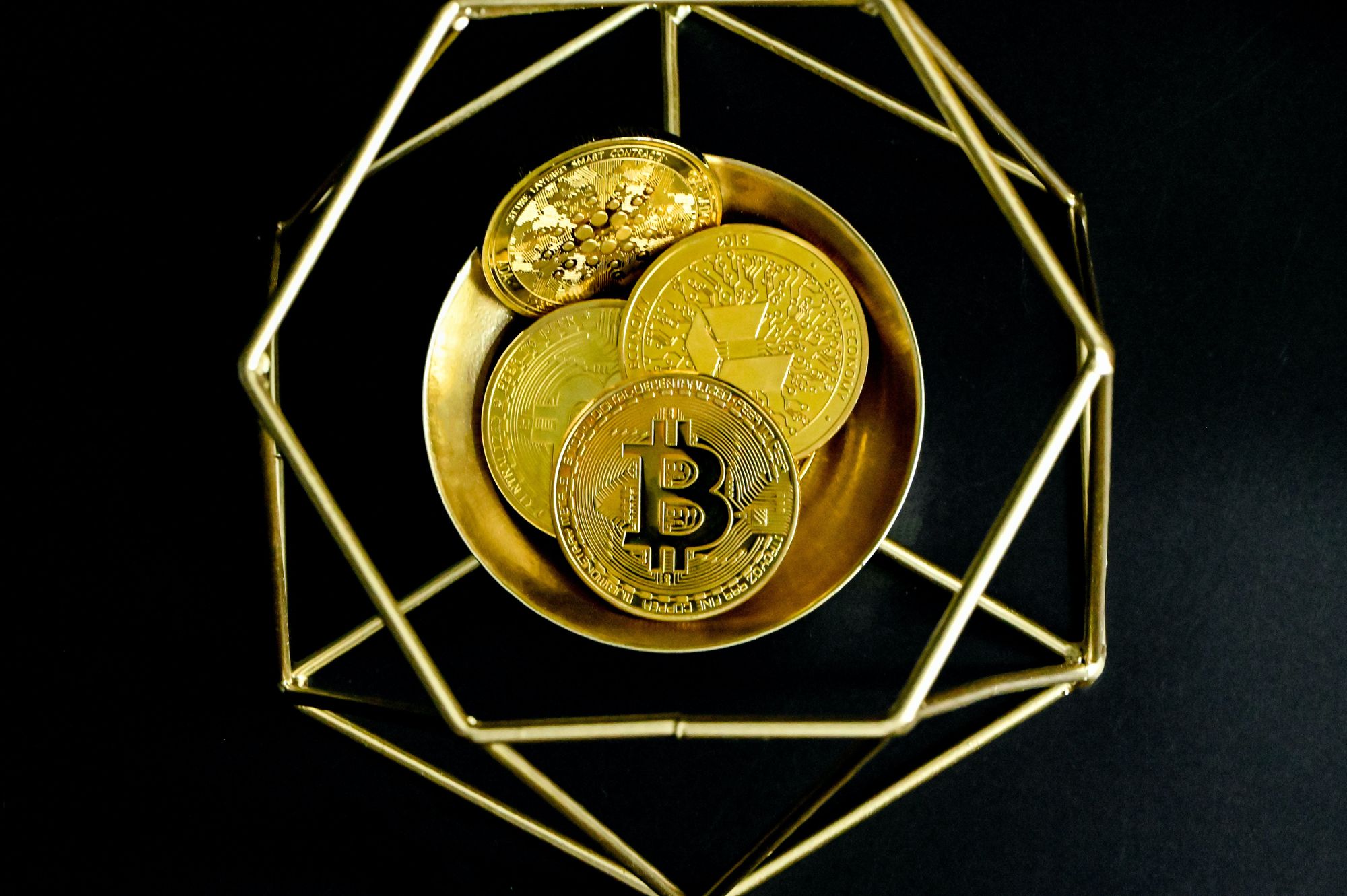
What is the Future of Blockchain Technology?
Blockchain technology has made significant strides in so little time and will continue to intersect with every phase of life. The possibilities of blockchain technology are endless, and we’ve only just skimmed the surface of what is achievable.
With improvements to the existing structures in place, blockchain technology is sure to revolutionise the world soon.
Takeaway
- A blockchain is a database that functions by using distributed ledger technology.
- Blockchain technology can be used for financial transactions, real estate, and healthcare services.
- Blockchain can be used to execute smart contracts and support NFTs.
FAQs
Q1. What is Blockchain?
A1. Blockchain is a type of digital ledger or record-keeping system. Its records are shared across many computers, making it very hard to change or tamper with them.
Q2. How does Blockchain work?
A2. Blockchain works by grouping transactions into blocks. Each block is linked to the previous one, forming a chain. These blocks are then verified by multiple computers (nodes) in the network, ensuring accuracy and security.
Q3. Why is Blockchain secure?
A3. Blockchain is secure because every transaction is verified by multiple computers before it’s added to the chain. Also, once a block is added, it cannot be easily changed without altering all the following blocks, which would require a lot of computing power.
Q4. What are the uses of Blockchain?
A4. Blockchain can be used for various purposes, such as cryptocurrency transactions (like Bitcoin), tracking supply chains, securing medical records, and verifying identities.
Q5. What is Bitcoin?
A5. Bitcoin is a type of digital currency that uses blockchain technology to ensure secure and transparent transactions. It was the first and is the most well-known cryptocurrency.
Q6. What are the benefits of using Blockchain?
A6. Blockchain offers increased security, transparency, and efficiency. It reduces the need for middlemen, lowers costs, and speeds up transactions.
Q7. Can Blockchain be hacked?
A7. While no system is entirely foolproof, blockchain’s decentralised nature makes it very difficult to hack. To alter a blockchain, a hacker would need to control more than half of the network’s computing power, which is extremely challenging.
Q8. What is a smart contract?
A8. A smart contract is a self-executing contract with the terms of the agreement directly written into code. They automatically enforce and execute the terms when conditions are met, reducing the need for intermediaries.
Q9. How does Blockchain affect everyday people?
A9. Blockchain can affect everyday people by providing more secure and faster financial transactions, protecting personal data, and offering transparency in various sectors like healthcare and supply chains.
Q10. Is Blockchain the same as Bitcoin?
A10. No, Blockchain is the technology that underpins Bitcoin and other cryptocurrencies. While Bitcoin is a digital currency, blockchain is the system that records and verifies the transactions made with Bitcoin.
Disclaimer: This article was written to provide guidance and understanding. It is not an exhaustive article and should not be taken as financial advice. Obiex will not be held liable for your investment decisions.

